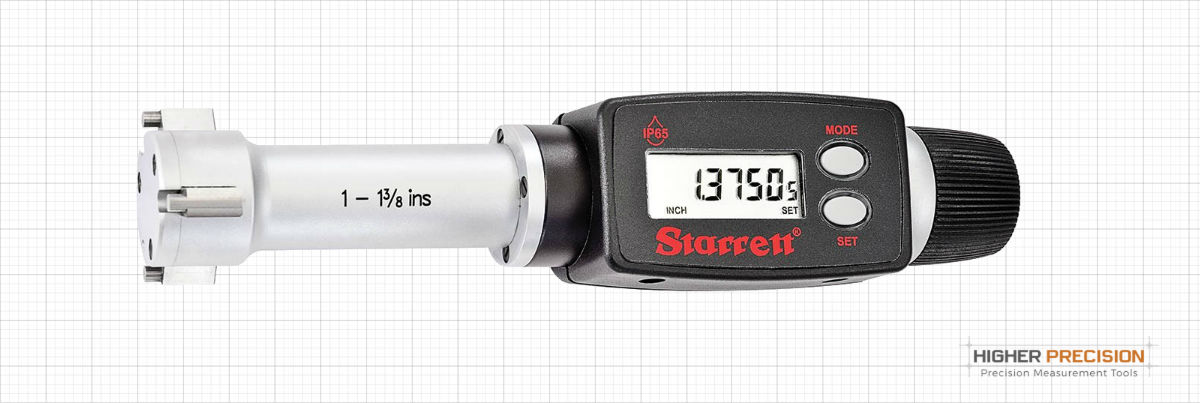Resolution can be defined broadly as the act of determining. In the field of precision measurement, resolution refers to the degree of clarity on the measurement scale you are using. In essence, this means that the resolution on a measurement tool is what helps you determine the minute degree to which you can measure. Just like having a television screen with higher resolution means having a clearer image, having a measurement tool with higher resolution means having a clearer scale.
The degree of resolution on a gage is extremely important because in precision measurement, precision is the name of the game. Essentially, resolution affords the operator of a gage the power to make accurate measurement decisions. The specific amount of resolution relies heavily on the clarity of the measurement scale on the gage you are using. The degree of resolution on a gage, or any measurement tool, is only as good as its smallest unit of measurement. What this means is that a measurement can only be read to the smallest available decimal point. The resolution of the gage has everything to do with the capability of the gage.
If your gage is built with a digital screen, you will want a higher resolution to ensure that you can read it correctly and that it is able to display values to the appropriate decimal place. If you have a gage with a manual scale, you will look for resolution in the degree to which you are able to read the smallest marks on the scale correctly.
Resolution is so important on a gage because it determines the smallest degree of difference your gage is able to recognize, and therefore measure. The higher the resolution of a gage, the smaller differences it is able to distinguish between. This ability is very important when considering jobs that require extreme precision. When working on an advanced engineering project, or when building a small part of a larger machine, having the ability to make very small and very distinct measurements can be crucial. Working with a gage that has a higher level of resolution will provide you with confidence that the measurement you took was as precise as possible. With a deeper level of measurement capability, you can know that the mathematics of your project will line up correctly and that the result will be successful functioning.
A discussion about resolution on a gage would not be complete without touching of the relationship of resolution to accuracy. As mentioned before, the resolution of a gage is the smallest degree of measurement possible that the gage is able to calculate. The more minute the measurement capability, the higher the resolution. However, having more exact measurement capability is not the same as having high accuracy. In order to achieve higher levels of accuracy, a gage must provide precise ratings of the higher resolution output. In other words, just because a gage can read to 0.001mm (high resolution) does not mean that the readout is guaranteed to be the true measurement value (high accuracy). Just keep in mind that a properly calibrated and highly precise gage requires both high resolution and high accuracy.
If your gage has a low resolution, it will not be able to measure to a very minute extent. Resolution is important because it adds to the precision of the overall measurement you are undertaking. The role that resolution plays in overall precision is providing the means by which your gage can accomplish greater accuracy. The higher the resolution, the greater acuity of measurement potential, and the more accurate the final measurement will be. Be sure to check the resolution of your gage today!
GLOSSARY TERMS
- Resolution
Resolutions is the smallest amount of output that a gage can possibly provide. The higher the resolution, the smaller the amount of output. Just as a television with high resolution provides the viewer a clearer picture, a gage with high resolution will provide a clearer measurement. This is because the finer the degree of distinction that a gage is capable of making, the closer to the true value of the measurement the gage will be able to measure. In this way, resolution sets the scene for accuracy. Resolution also encapsulates the smallest amount of change that a gage is able to detect. This is an important feature in that it means a high-resolution gage will be able to determine any slight variation in the measurement of parts. When working on projects that require extreme precision, high resolution is very important.

